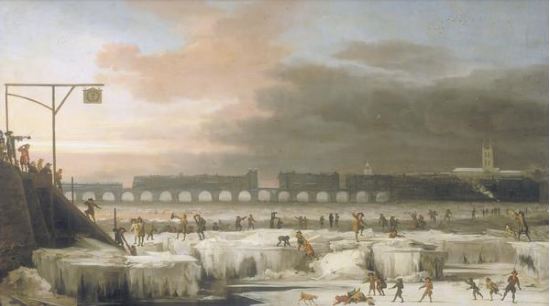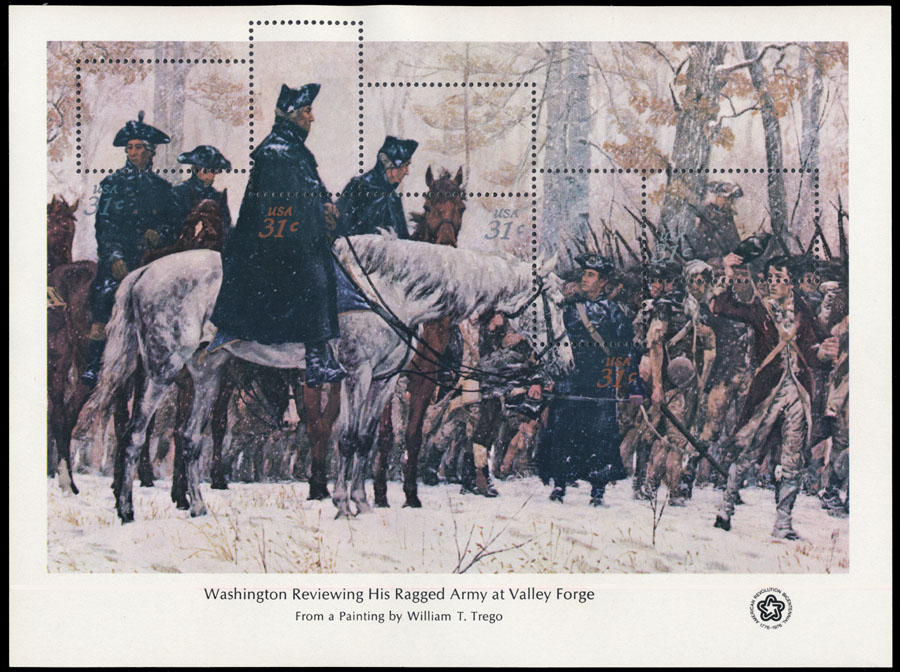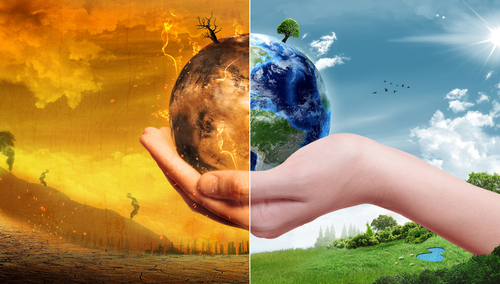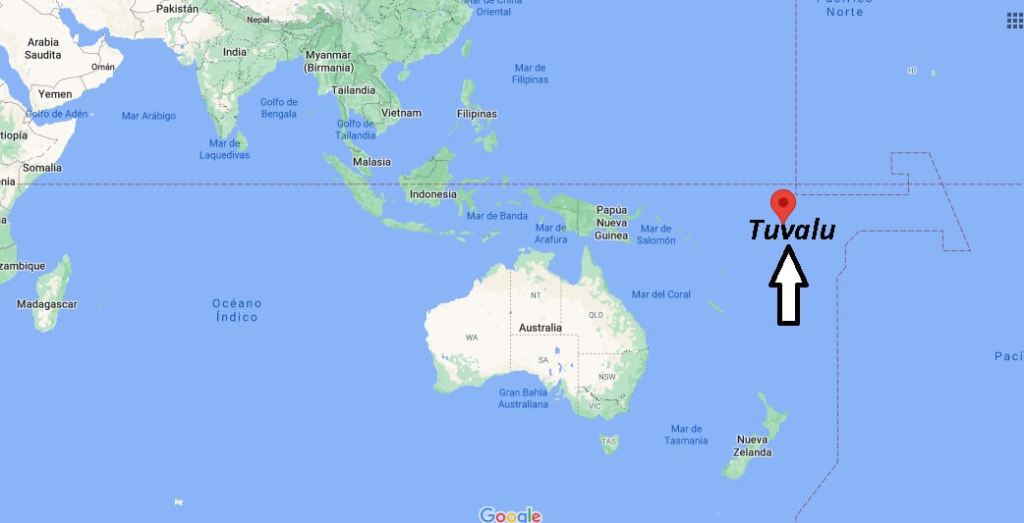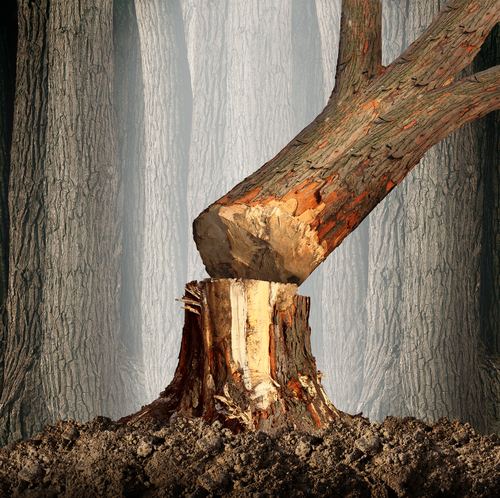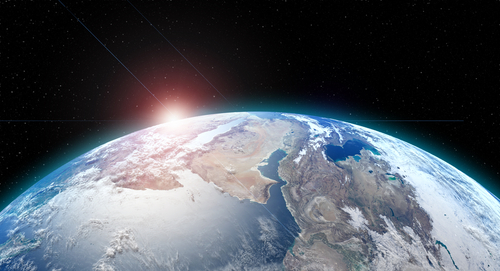
The weather is following what our computer has been forecasting using historical data and correlating history to ascertain the cyclical nature of weather. The ice has now grown larger than the global warming crowd has ever predicted. This threatens Europe with a very cold winter that will further endanger food production.
The entire problem with the claimed research into climate change is that they have begun with pre-determined conclusions that the air was free of things such as lead preindustrial revolution, which the ice core samples have proven to be false. What has emerged is that the assumption that preindustrial levels of lead in the air were negligible, safe, or nonexistent is completely false. Next‐generation laser technology in climate science, in combination with detailed historical and archaeological records, has revealed a different history. The lead levels in the air have been elevated for the past 2000 years.
As long as the research begins with a pre-determined conclusion, it will always sift through the data and cherry-pick only that which supports the desired conclusion. During this Little Ice Age, glaciers advanced in mountain valleys and actually destroyed many European settlements. Paintings from the 1600s depict people ice skating on the Thames River in London like this one showing the frozen Thames in a painting by Abraham Hondius from 1677.
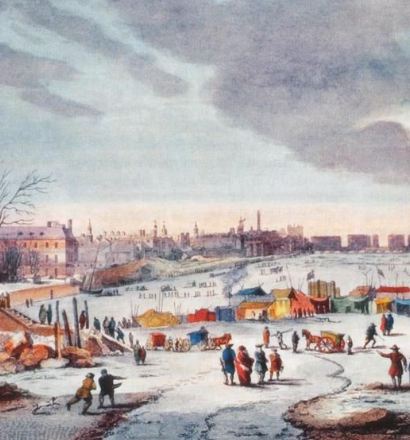
Even the canals in Amsterdam were frozen. It remained cold for nearly 200 years. There were ice fairs into the late 1600s as shown in this painting from 1683. However, the winters were brutal even into the late 1700s and early 1800s, although gradually warmer from the depths of the 1600 period.
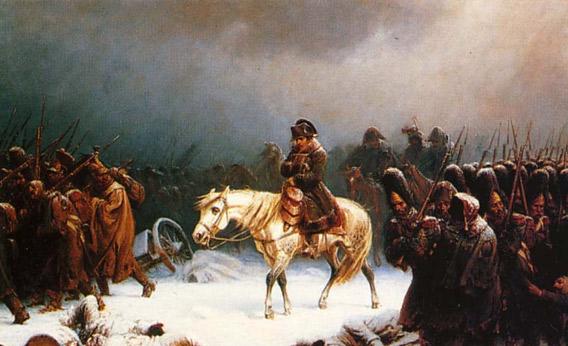 The Post Office even issued commemorative stamps in 1976, noting that winter event. Washington and his troops suffered more in Morristown, N.J., during the Hard Winter of 1779-80. Violent snowstorms had battered the Northeast, and both Boston and New York harbors were completely frozen over. The weather made it impossible to bring supplies to the men, many of whom had no coats or even shoes. They couldn’t even eat for days at a time. The soldiers finally mutinied in early May, though an officer persuaded them to abandon their rebellion. Just as the weather had defeated Napoleon, weather nearly defeated the American Revolution.
The Post Office even issued commemorative stamps in 1976, noting that winter event. Washington and his troops suffered more in Morristown, N.J., during the Hard Winter of 1779-80. Violent snowstorms had battered the Northeast, and both Boston and New York harbors were completely frozen over. The weather made it impossible to bring supplies to the men, many of whom had no coats or even shoes. They couldn’t even eat for days at a time. The soldiers finally mutinied in early May, though an officer persuaded them to abandon their rebellion. Just as the weather had defeated Napoleon, weather nearly defeated the American Revolution.
I have warned that volcanic activity correlates with the solar minimum, which we have been heading into since 2015. In fact, this has been the sharpest decline in the energy of the sun that we know of. It has been exceptionally declining since 2015, which was the peak of the Economic Confidence Model (ECM). Since the ECM was constructed from economic data, it is interesting how the cyclical nature of the economy aligns with Mother Nature herself.
There have been 215 major volcanic eruptions since 10,900 BC. Two massive eruptions changed the climate – (1) Tambora in 1815 and (2) Samalas in 1257.
In 1257, a catastrophic eruption occurred at the Samalas volcano on the Indonesian island of Lombok, which was a 7 on the index, making it one of the largest volcanic eruptions in modern history. It is worth noting that the two largest eruptions in modern history both took place in Indonesia.
Samalas wiped out human habitations, including the city of Pamatan, which was the capital of a kingdom on Lombok. What the eruption injected into the atmosphere was massive and it reduced the solar radiation reaching the Earth’s surface, causing a volcanic winter. This led to famines and crop failures in Europe and elsewhere. It is believed that this eruption became the trigger for the subsequent Little Ice Age and a centuries-long cold period during the last thousand years.
The first evidence of the eruption was discovered in the ice core samples around 1257, providing strong evidence of a large volcanic eruption impacted the entire world. Finally, in 2013, scientists were able to link the historical records about Mount Samalas to these spikes in the ice cores.
By 1258, Henry III of England became very unpopular as the weather turned cold and people were starving. It was 1257 when Henry issued the first gold coin of England which is extremely rare. Taxation became a hot topic because of his expensive foreign policies and the role of his local officials in collecting taxes and debts. A coalition of his barons seized power in a coup d’état and expelled the Poitevins, the king’s favorites, from England.
The coup d’état instigated political reform of the royal government through a process called the Provisions of Oxford. Henry was forced to sue for peace with France in 1259, and Henry gave up his rights to his other lands in France in return for King Louis IX recognizing him as the rightful ruler of Gascony. This was all because of the cold weather.
Eventually, the baronial regime collapsed. Nevertheless, Henry was unable to reform a stable government. Consequently, instability across England continued. So you can see, that turning the weather cold to the point that crops cannot be produced and starvation rises has historically resulted in political upheavals. Keep this in mind going into 2032.
Interestingly, this volcanic eruption of Samalas also drastically impacted the Mogol invasion of Europe slowing its advance. The weather data preserved in tree rings points to a series of warm, dry summers in Europe until 1242 when temperatures dropped and rainfall increased. The local climate shifted to a wetter and colder environment which caused flooding of the formerly dry grasslands and created a marshy terrain. Those conditions would have been less than ideal for the nomadic Mongol cavalry and their encampments. The Mongols were horsemen and this reduced their mobility and pastureland, curtailing their invasion into Europe west of the Hungarian plain.
Our greatest risk and the worst possible future from here will be a volcanic eruption that results in a volcanic winter occurring over the next 13 years.

